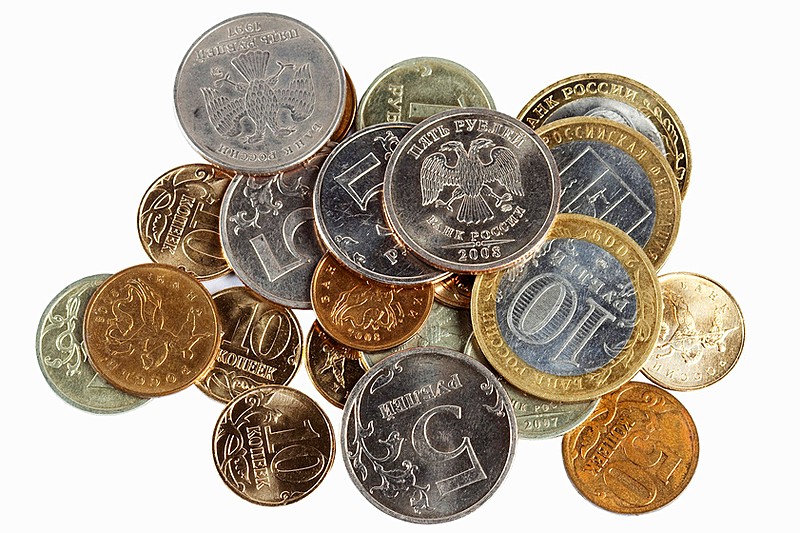


These weaknesses were highlighted and exacerbated by the financial crisis in Asia.Ī global recession and a fall in commodity prices compounded weak tax enforcement in Russia and an expensive war in Chechnya. This crisis quickly spread to other Asian currencies and by November, the rouble also came under attack by speculators ( Chiodo and Owyang, 2002).ĭespite the reforms introduced since 1991, fundamental institutional weaknesses remained in Russia ( Sutela, 1999 Chiodo and Owyang, 2002). But investor expectations soon changed following the Asian financial crisis, which began with the collapse of the Thai baht in July 1997. In the first quarter of 1997, foreign investment in Russia rose sharply with the relaxation of restrictions on foreign portfolio investment. The Russian economy was also supported by financial aid from the World Bank and the International Monetary Fund (IMF), while negotiations to repay foreign debt inherited from the Soviet Union improved investor confidence ( Chiodo and Owyang, 2002 ). The Bank of Russia would intervene by buying and selling the rouble as necessary to maintain the exchange rate. This meant that the value of the rouble relative to the dollar was constant and only allowed to fluctuate within a narrow band. A central element of this was the adoption of a currency peg – a type of exchange rate regime in which a currency's value is fixed against the value of another currency. The fall of the Soviet Union in 1991 preceded several years of economic reform, privatisation and macroeconomic stabilisation policies in Russia. Source: Bloomberg Background and causes of the 1998 rouble crisis


 0 kommentar(er)
0 kommentar(er)
